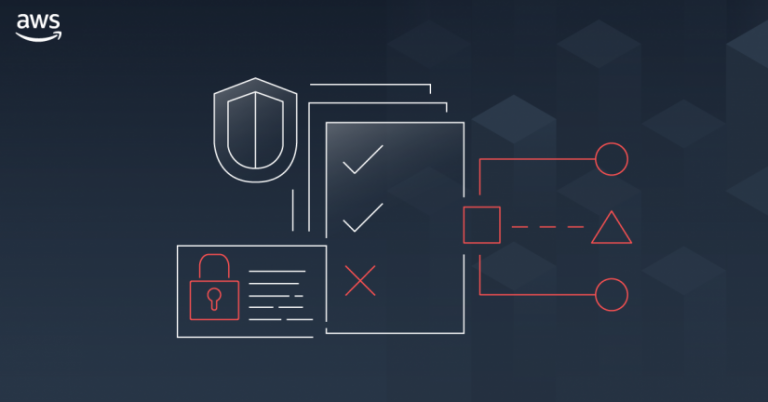Did you know you can power a light bulb off of a potato? The chances are you can’t power all your compute off even a field of potatoes. So how can you keep your compute costs lean? AWS compute on demand is a fantastic model and Reserved Instances have been around for a while as a way to reduce that cost. There is a now an alternative with the release of AWS Savings Plan. What does it mean and how can you use it?
What is AWS Savings Plan?
AWS Savings Plan is in essence a commitment to a baseline spend (measured in dollars per hour) across compute. For that commitment, you get savings up to 72%, the same as Reserved Instances. Savings Plan come in two flavours.
- EC2 Instance Savings Plan covers EC2 instances only, offering less flexibility for deeper savings;
- Compute Savings Plan covers EC2 and Fargate, increasing flexibility.
What about Reserved Instances?
AWS has offered Reserved Instances for a long time. In fact they have been around for 10 years, almost as long as EC2. It has evolved over the years to offer more flexibility. Options such as convertible instances and a Reserved Instances marketplace have been added.
However, to get the best out of them, you need to understand the ins and outs. In fact, you need a strategy to really make it work. Sometimes, it feels like there is a whole industry that has sprung up around getting the best out of reserved instances!
Flexibility is the game
The huge advantage of AWS Savings Plans is the flexibility it offers over Reserved Instances. With Reserved Instances you could only change your instance consumption within a EC2 family (such as M4). For commercial OSs, such as Microsoft Windows, you were even restricted to the exact provisioned instance sizes. This also meant you were locked to an EC2 generation. AWS typically updates instance families every one or two years. As is common in IT, newer generation generally means more for less. If you locked in to a 3 year reserved instance for M4 compute, you couldn’t apply that to the updated M5 compute family!
With Savings Plan, that all changes. As you are effectively defining a spend baseline, you can move between regions, families and even OS types as you see fit. If your spend goes over your defined threshold, you pay the standard on demand rate. Assuming that your business is growing, it’s a very low risk way to save money and retain the ability to adopt new technology. This includes moving to a serverless model, such as Fargate!
What’s the catch?
My dad always used to say that you can ignore anything someone says before the “but”. Well, there is of course a downside. If there wasn’t then AWS would simply grandfather Reserved Instances in lieu of Savings Plan.
What if you need guaranteed capacity for instance types? Reserved Instances give you the option to select a specific availability zone to “reserve” the capacity. Of course, if you want those instances to be able to run in an alternative AZ within a region, then you don’t get this guarantee. However, in the event of a failover event, Reserved Instances are given priority over on demand instances.
If you need this guarantee, then AWS Savings Plan isn’t for you. However, if you are running in a multi-AZ manner (and you should), then this is unlikely to be a consideration for you.
Summarising the options
So what’s the best approach for you? Here’s a TLDR friendly summary of the options.
| Reserved Instances | EC2 Instance Savings Plan | Compute Savings Plan | |
|---|---|---|---|
| Average 1 year discount | 38% | 29% | 29% |
| Average 3 year discount | 58% | 58% | 51% |
| Instance family flexibility? | No | No | Yes |
| Instance size flexibility? | Yes (for open source Linux only) | Yes | Yes |
| Multi-region flexibility? | No | No | Yes |
| Operating system flexibility? | No | Yes | Yes |
| Guaranteed capacity? | Yes (if selecting a specific AZ) | No | No |
| Sell unused capacity? | Yes | No | No |
| EC2 | Yes | Yes | Yes |
| RDS | Yes | No | No |
| Fargate | No | No | Yes |
My cost efficiency solved?
Not quite!
While we expect a number of our customers to adopt or switch over to AWS Savings Plans, it’s not the end of the story. Cost efficiency is about how you use the environment, how you get the most business value for your spend. It’s one of the pillars of the Well Architected Framework. Just because you are paying less for some compute resources doesn’t mean you actually need to run that resource right now.
If you want to understand more about the Well Architected Framework and how AWS Savings Plan may work for you, please get in contact with us.


